Variability in language processing and in language learning:
Why does the ability to learn language change with age? How can we characterise and map individual language skills in relation to the population distribution?
We aim to characterize variation in language processing and learning skills and to determine how these variations relate to variations in the underlying biology of individual participants. The project has two strands: Strand A focuses on language processing skills in young adults, and Strand B on language learning skills in children and adults. Strand A will develop a comprehensive battery of language tasks targeting sound, meaning, and grammatical processing of words and longer utterances during speaking and listening. In addition, we will select or develop tasks assessing general cognitive skills that are likely to affect performance in language tasks. After extensive piloting, a demographically representative group of 1000 young adults will be tested on the battery. DNA will be obtained from all participants and used for genome-wide genotyping. About a third of the sample will also participate in neuroimaging studies in order to map the variation in neurobiology across the population. Advanced statistical modelling will be used to derive underlying core dimensions of linguistic ability, to situate each participant in a multidimensional skill space that maps population variation, and determine the manner in which these skills map onto structure and function of underlying brain circuitry. Integrating our new sample with Nijmegen’s existing Brain Imaging Genetics cohorts, we will carry out focused investigations of genes and biological pathways that have been previously implicated in language ability, test how polygenic scores relate to performance on the task battery, and perform mediation analyses to bridge genes, brains and cognition.
Strand B uses variability in learning ability to investigate why second-language (L2) acquisition can become harder in adulthood. Do age-related differences in L2 learning reflect maturational changes in neural plasticity and in the schema-based mnemonic processes used for learning and consolidating linguistic knowledge and skills? We will examine age-related changes in the relative contributions of the medial temporal lobe and the medial prefrontal cortex and in the interactions between these pathways and the perisylvian language network. 360 children aged 8-17 and 360 adults from the Strand A sample will complete batteries of behavioural and neuroscientific tests on L2 learning. Analyses will seek to uncover associations between language-learning abilities and maturational changes in the brain and to characterize individual variability in these associations.
People involved
Steering group

Prof. dr. Antje Meyer
PI / Coordinator BQ4A
Profile page

Prof. dr. James McQueen
PI / Coordinator BQ4B
Profile page
Team members

Dr. Stephanie Forkel
PI
Profile page

Prof. dr. Barbara Franke
PI
Profile page

Prof. dr. Simon Fisher
PI
Profile page
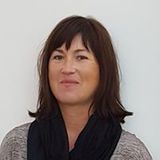
Dr. Gabriele Janzen
PI
Profile page
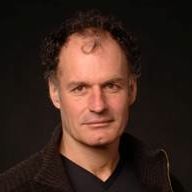
Prof. dr. Jean Vroomen
PI
Profile page
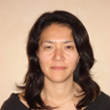
Dr. Atsuko Takashima
Postdoc
Profile page
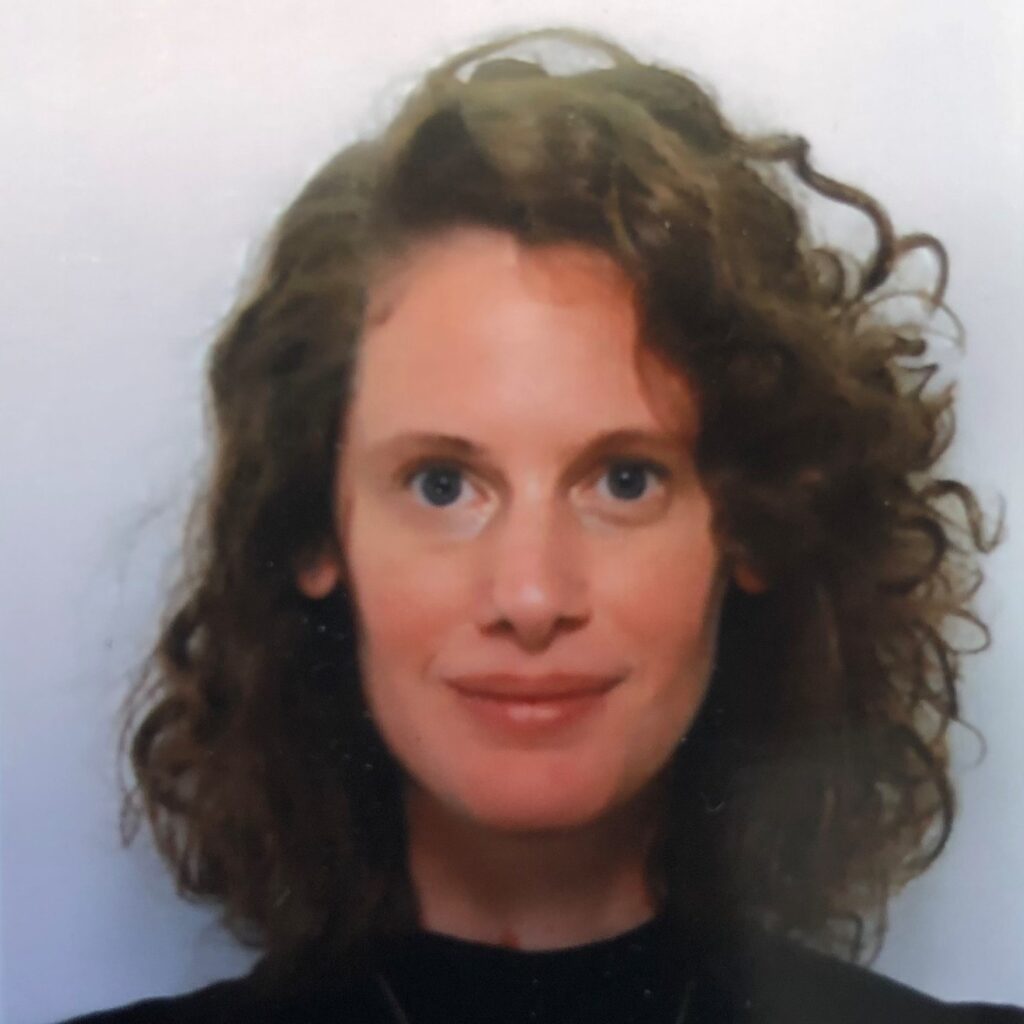
Dr. Tamar Johnson
Postdoc
Profile page
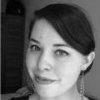
Nina Wyman
Research Assistant

Jiska Koemans
Research Assistant
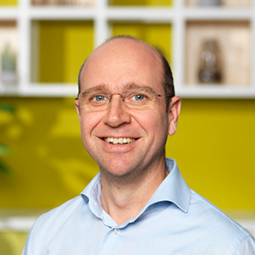
Dr. Clyde Francks
PI
Profile page
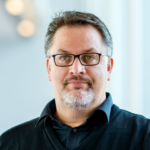
Prof. dr. Christian Beckmann
PI
Profile page
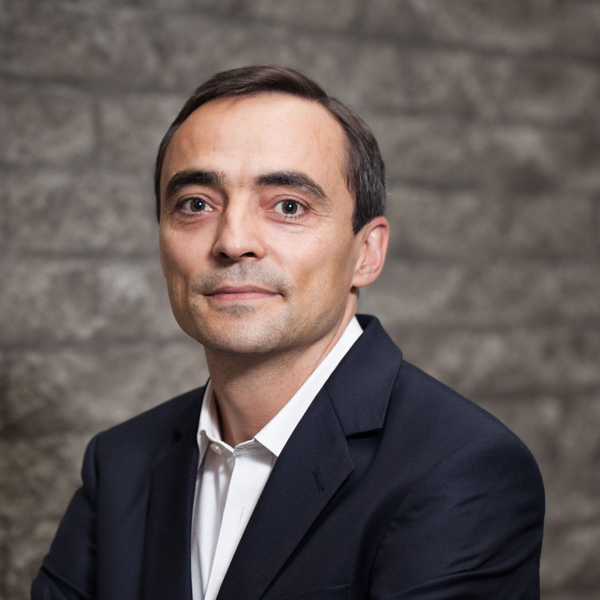
Prof. dr. Guillén Fernández
PI
Profile page
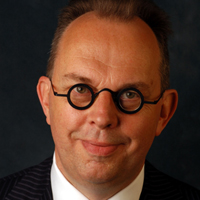
Prof. dr. Peter Hagoort
Programme Director
PI / Coordinator BQ2
Profile page
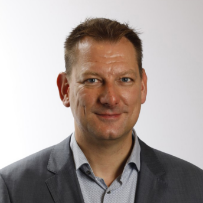
Prof. dr. Roy Kessels
PI
Profile page
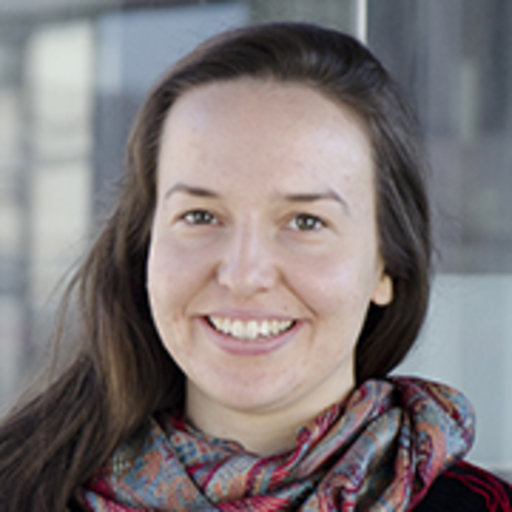
Dr. Clara Ekerdt
Postdoc
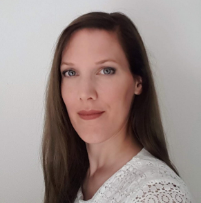
Dr. Willeke Menks
Postdoc
Profile page
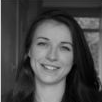
Merel Koning
Research Assistant
PhD Candidates

Christina Isakoglou
PhD Candidate
Profile page
Collaborators
Prof. dr. Jan Buitelaar
Dr. Florian Hintz
Dr. Esther Janse
Dr. Evan Kidd
Dr. Kristin Lemhöfer
Dr. Andre Marquand
Dr. Beate St Pourcain
Dr. Julia Udden
Alumni
Jelle de Boer – Research Assistant
Merel Burgering – PhD
Marjolijn Dijkhuis – Research Assistant
Katharina Gruber – Research Assistant
Vera van ‘t Hoff – Research Assistant
Milou Huijsmans – Research Assistant
Suzanne Jongman – Postdoc
Bob Kapteijns – Research Assistant
Carlo Rooth – Research Assistant
Lot Snijders Blok – PhD
Dr. Olha Shkaravska – Developer
Jana Thorin – PhD
Shruti Ullas – PhD
Romy Verhoeven – Research Assistant
Dr. Xin Liu – Postdoc
Research Highlights (2022)
Highlight 1
Specific neural networks underlie age-related variability in grammar learning success
Team members: Willeke Menks, Clara Ekerdt, Guillen Fernández, Gabriele Janzen, Evan Kidd, Kristin Lemhöfer and James McQueen
This project used the fMRI dataset from the grammar sub-project of strand B (1) to investigate age-related variability in grammar learning success during the initial learning phase and (2) to explore the neural mechanism underlying this age-related grammar learning variability within a large developmental sample of 165 typically developing individuals aged 8-25 years.
Behaviourally, we observed a strong linear correlation between age and grammar learning success until 15.4 years of age. Above that point, age was not predictive any more for grammar learning success. This turning point is in line with previous behavioural studies, and this study is the first that is able to investigate the underlying neural correlates.

On the neural level, age-related grammar learning success was reflected by increased activation in language-specific and domain-general brain areas, such as the bilateral inferior frontal gyrus, inferior parietal gyrus, and inferior temporal gyrus. A group comparison—split at the turning point—showed that older participants recruited these networks more compared to children and young adolescents, which suggests that maturation of these networks could explain the observed age-related grammar learning differences. Overall, these novel findings suggest that grammar learning success is dependent on age until late adolescence and that those differences are linked to the maturation of language and working memory networks.
This work contributes to the overarching quest of Language in Interaction through its interdisciplinary approach, across psycholinguistics, memory, and (neuro)development within a large-scale developmental sample. These novel findings provide evidence for a direct link between age and grammar learning success and its neural correlates. Close collaboration and team science within the Language in Interaction consortium teams of BQ4 made our interdisciplinary approach possible. We hope this work will motivate and guide future research to continue to investigate the underlying mechanisms of age-related variability in second language acquisition.

